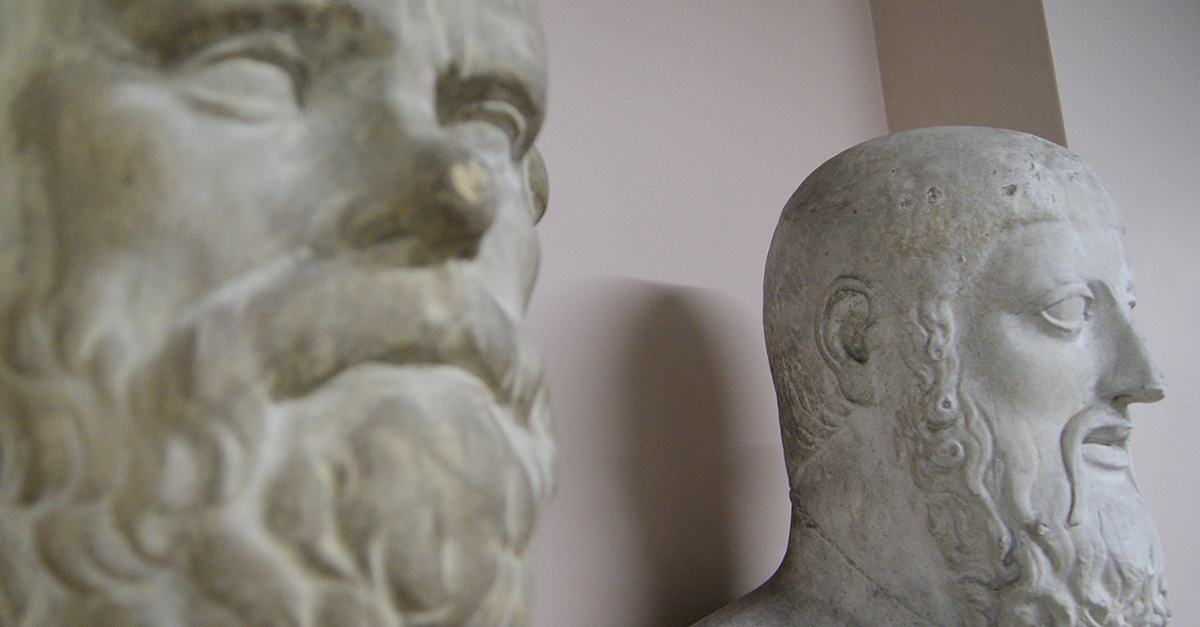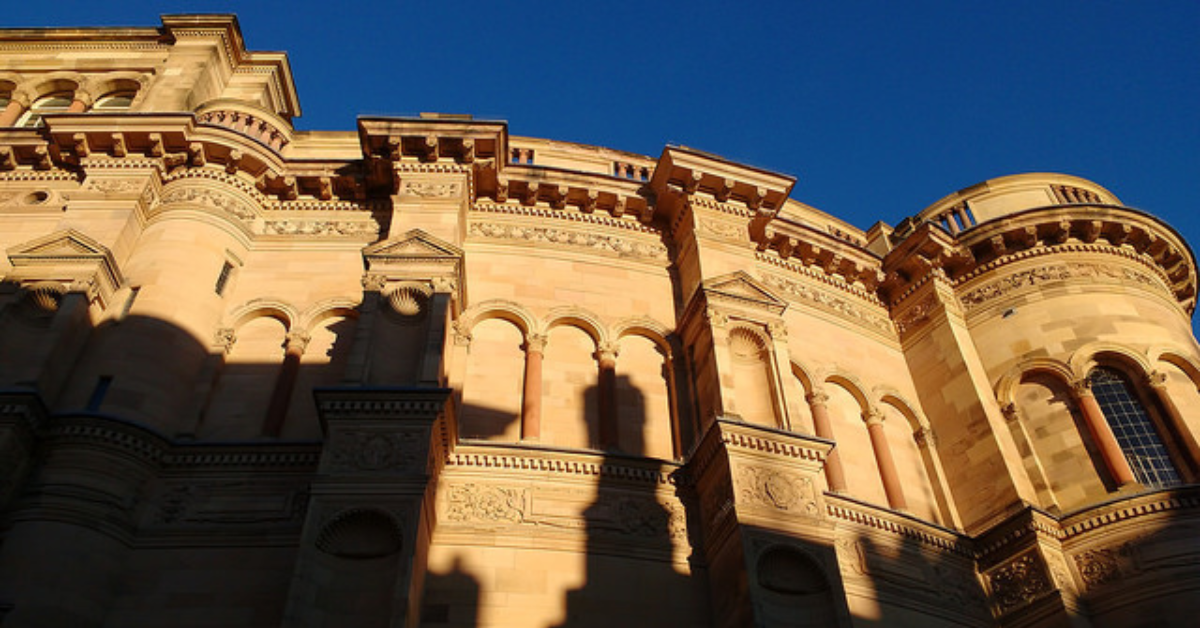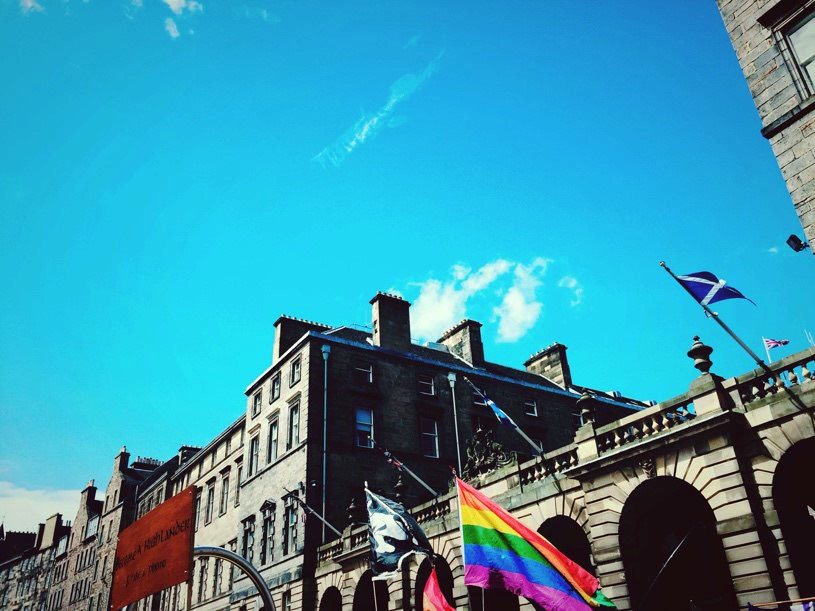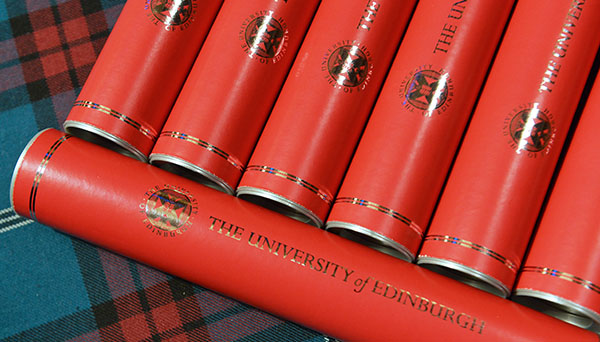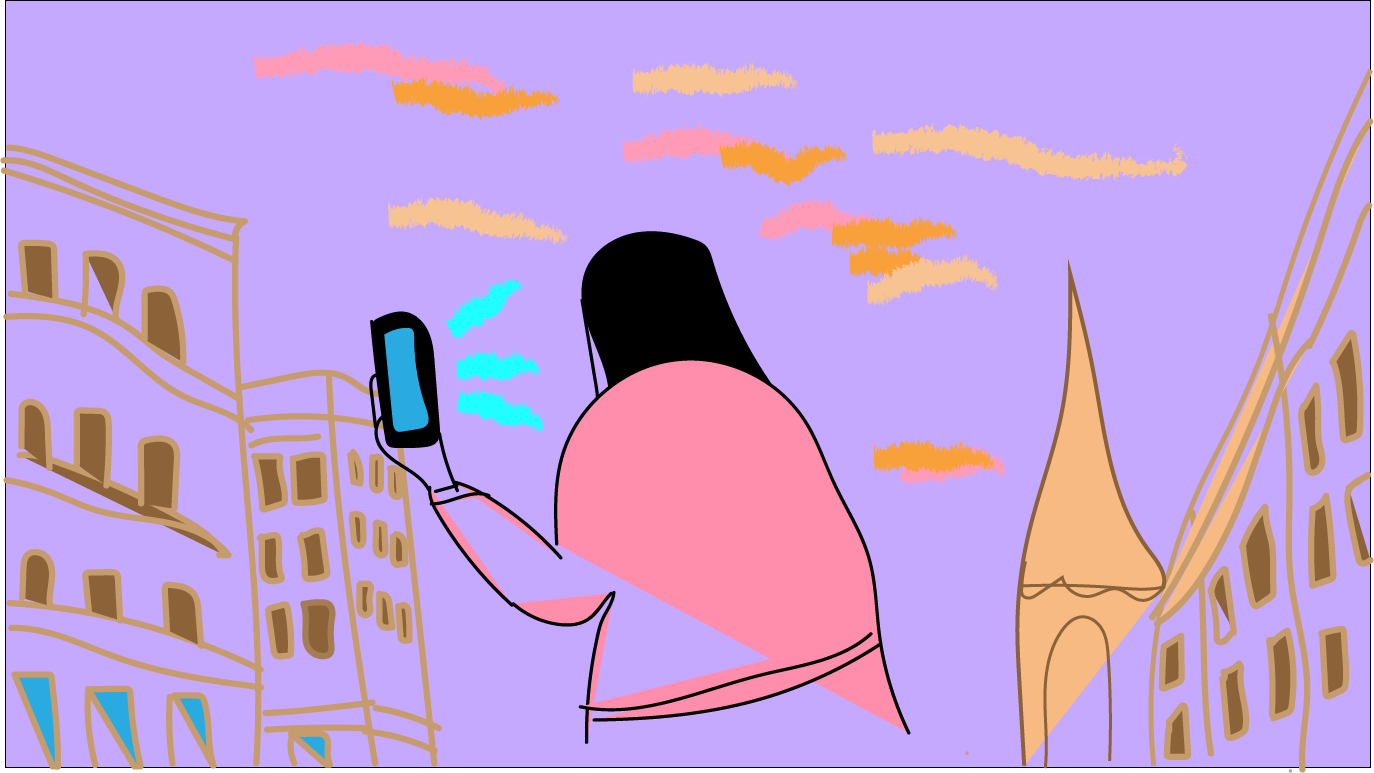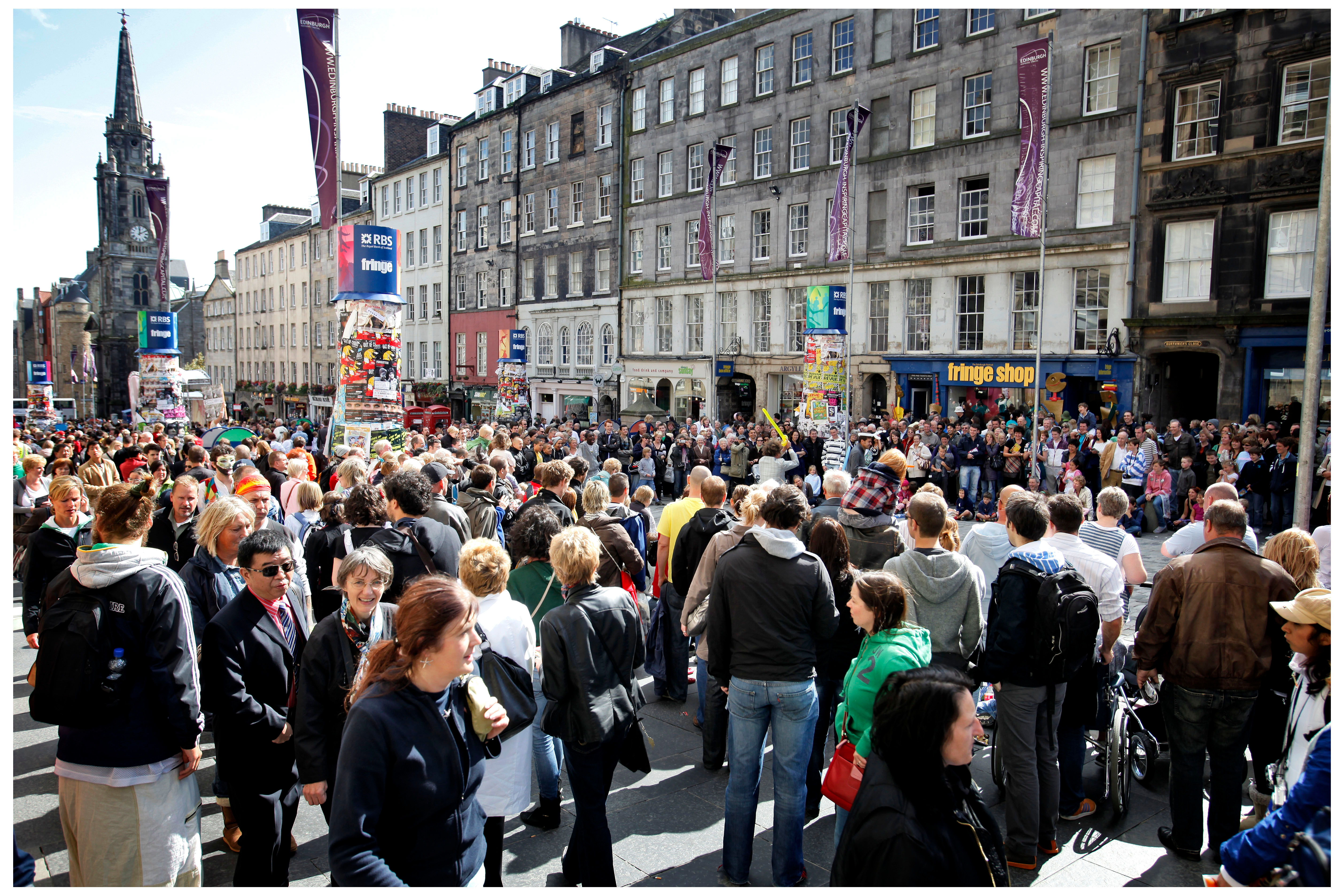Tag: Student Ambassador
Twice the fun or double the trouble? Student Ambassador Aalish is studying a joint honours degree. I made the choice to study Chinese and History simply because I love learning a language and history has always had a soft spot in my heart. Studying a language alongside history presents its own unique challenges, not only […]
Over 10,000 overseas students matriculated with the University of Edinburgh in the 2021-2022 academic year, but what is like to study here? Georgia-Taygeti – originally from Greece – shares her experience. My favorite class throughout the first two years of my History degree was not an actual history class. Instead, I looked forward the most […]
Scarlett is a 4th year History and Politics student and she’s going to take you through a typical day in her life to give you a taste of what it might be like to study at the University of Edinburgh! It’s Wednesday, February 2nd… 8.00am – Typically when I wake up and the first […]
As part of Pride Month, Tristan (Ancient and Medieval History, MA Hons) shares his experience as an LGBTQ+ student at the University of Edinburgh. Navigating your first year at university can feel both intimidating and exciting as you get to grips with higher education, exploring a new city and meeting new people. This experience can […]
Student Ambassador Tess (studying Classics and English Literature, MA Hons) takes a deep dive into how to approach writing essays. I think writing essays and academic papers are probably one of the more daunting tasks you’ll have to take on as a university student. I’ve spent the last three years trying to figure out a […]
After four years of study, why would you want to do more? One of our Student Ambassadors, Alfie, has some thoughts. An undergraduate degree at university is a significant commitment. Time, money, not to mention a lot of concerted effort to complete whilst juggling a variety of other elements of life. So, when considering the […]
Dissertation. A big word, and often a scary one. Alfie, a Student Ambassador, looks at ways to make it slightly less intimidating. Perhaps the culmination of your time at university and exceptional (circumstances notwithstanding), also the longest piece of academic writing you will have created to date. Sounds like a lot – and let’s not […]
One of HCA’s Student Ambassadors, Juliet, looks at ways to manage your money as a student. Going to university might be the first time many people have to manage their money, and the excitement of seeing your first student loan in the bank account is accompanied by the worry of not knowing how to budget […]
It’s November. It’s cold, dark, and very, very grey. The weeks are filled with endless assignments, frustrating group projects, hours of staring at your laptop screen, and most likely a lot of reading. Asha, a final year History student, looks at how to improve your mood when it starts getting dark at 3pm. Every year […]
We asked Student Ambassador Alfie for his thoughts on what it’s like working whilst studying. My first piece of advice for any students looking for a job in term-time would be to make sure you read the job advert closely. If you don’t, you may end up like me. Not that that’s a bad thing. […]
One of our Student Ambassadors, Kate, tells us why she was interested in the role. New beginnings are some of the most exciting experiences of our lives. For me, the most exciting new beginning was when I uprooted myself from Lancashire in the North West of England and came to Edinburgh alone to begin my […]
One of our students, Sarah, gives us the lowdown on surviving exams. As a student, exams are inevitable: some courses only require in-term coursework, but most have a final exam to test your learning through the semester. As a fourth year I’ve gone through many exams and have developed my ideal system for dealing with […]
Student Ambassador reports back from presenting her paper. In late February 2020, I was very fortunate to have the opportunity to present a paper at ‘From Margins to Centre? An Undergraduate Conference on BAME, LGBTQ+, Women’s and Disability History’ at The University of York. I had never attended a conference before and had no idea […]
The rules and regs of summer in Edinburgh by Student Ambassador Ruby. I’ve always argued that Edinburgh is a city designed for ‘bad’ weather. The Old Town looks even more Gothic in the gloom, and no student’s Instagram would be complete without a photo of Arthur’s Seat surrounded by atmospheric sea mist called ‘haar’. However, […]
Student Ambassador Scarlett looks back at the things she wished she’d know before starting her studies. With 2 years of university completed, I’ve had a bit of time to reflect on my experience so far. As a History and Politics student I’ve gained several writing, studying, and analytical skills, but there is so much […]
Everything you ever wanted to know about essays but were afraid to ask by Student Ambassador Constance. Essay writing, love it or hate it, it is the metric by which we students are measured. Figuring out your ‘style’ is something of a journey and will inevitably include some painful marks to grow as a writer. […]
All work and no play? Student Ambassador Jack looks at working as a student At times, it can be a tricky balancing act but I’ve benefited greatly from getting a glimpse into the world of work; from stepping into a completely different environment to University study, doing something I enjoy whilst gaining different skills from […]
Edinburgh is a tourist hotspot but students can enjoy its attractions all year round. Ossana, a Student Ambassador, went to Rosslyn Chapel. The end of exams put me into a touristy mood. It is during these times, even more than usual, that I feel immensely glad that I chose to study in Edinburgh. The city […]
We have some impressive neighbours, including the National Museum of Scotland. Student Ambassador Carlotta visits an exhibition there. Last week I visited the Wildlife Photographer of the Year exhibition at the National Museum of Scotland. The exhibition shows the hundred finalists and two overall winners of the Wildlife Photographer of the Year awards, run by […]
As one of the Trip Officers for the Edinburgh University History Society, Student Ambassador Carmen was responsible for organising a trip to Budapest and Vienna for 40 society members during Innovative Learning Week. While we were only away for 5 days, it felt like ages because we did so much in both cities! – Carmen […]
Student Ambassador Ruby reports on a busy February for the School’s Societies. February has been a busy month here at the University – particularly for History, Classics and Archaeology students! Not only have we had the Staff-Student Pub Quiz and the History and Classics Society trips, but it’s also been LGBT+ History Month and RAG […]
The city is full of historical sites, and Student Ambassador Francesca visits one of the most popular. Edinburgh is home to a wealth of tourist attractions, such as Edinburgh Castle, Holyrood Palace, the National Museum and National Galleries, Dynamic Earth, Camera Obscura and the Scotch Whisky Experience. There’s something for all tastes and interests but […]
How many Universities can claim to have a world-class gallery as part of their campus? Student Ambassador Osanna visits Edinburgh’s, the Talbot Rice Gallery. I cannot remember which I fell in love with first: classical art or contemporary art. Though I have chosen to study Classics, I have maintained a great interest in contemporary art. […]
The University and School offer a fantastic range of seminars throughout the year. Student Ambassador Frances attends one in our sister School, Social and Political Science. I recently attended a lecture by gender studies expert Dr Krishna Menon. The lecture, titled ‘Feminist Explorations of Contemporary South Asia: Possibilities and Challenges,’ was part of the Chrystal […]
The School, its Societies and students organise regular events and this was the inaugural event in the Staff-Student Cup (which is a shield, it’s a long story). Senior Student Ambassador Francesca was there! This semester the School of History, Classics and Archaeology (HCA) is launching an annual Staff-Student Cup. This is a series of three […]


